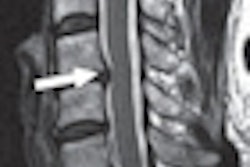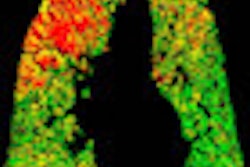The Canadian C-spine rule is more accurate for diagnosing cervical spine injuries than another common rule addressing the injury, according to a new study in the Canadian Medical Association Journal.
Based on a study of emergency room diagnoses, the Canadian C-spine rule is more accurate than another commonly used rule from the National Emergency X-Radiography Utilization Study (NEXUS).
Both rules were developed from the results of large patient samples, and are recommended in international guidelines for ruling out significant cervical spine injuries. However, there is no consensus as to which rule does a better job of diagnosing important disease without generating needless medical imaging studies, according to researchers from Australia and the Netherlands (CMAJ, October 9, 2012).
In their meta-analysis, Dr. Chris Maher from Australia's University of Sydney and colleagues examined 15 studies evaluating the use of both rules in evaluating potential cervical spine injuries. Only one study compared both rules directly, but the other 14 each calculated the accuracy of one rule or the other independently, the authors wrote.
For the Canadian rule, sensitivity ranged from 90% to 100% with specificity of 1% to 77%. For NEXUS, sensitivity ranged from 83% to 100% with specificity of 2% to 46%.
The Canadian C-spine rule seems to convey better diagnostic accuracy and has a lower false-negative rate than NEXUS, the study team reported. Still, both are effective in excluding C-spine injuries, Maher and colleagues concluded.
Regardless of the results, practices are leaning toward the use of more imaging rather than clinical guidelines such as the Canadian C-spine or NEXUS rules, a trend that may reflect patient preference, malpractice concerns, or uncertainty about the accuracy of the rules, the researchers wrote. More physician education may be useful in trimming the excessive use of imaging, they wrote.




















